Introduction
In today’s fast-paced, hyper-connected world, burnout is no longer just a buzzword — it’s a growing epidemic. Unlike ordinary stress, burnout is a long-term condition marked by deep emotional, physical, and mental exhaustion. It doesn’t just fade with rest. Instead, it builds up over time due to prolonged and unmanaged stress. Burnout was actually acknowledged as an occupational problem by the World Health Organization (WHO) in 2019.Since then, awareness of its impact on mental health, productivity, and overall quality of life has grown globally. From corporate employees to full-time caregivers, no one is immune. That’s why in this blog, we’ll break down the signs of burnout, explore its root causes, and share actionable tips to help restore balance and well-being.
What Is Burnout?
Burnout is not simply being exhausted from a week of work. It’s a incapacitating syndrome with three major dimensions:
- Emotional Exhaustion: Dully drained, detached, or overwhelmed.
- Cynicism and depersonalization happen when you start feeling negative and detached about your job or responsibilities.
- Reduced Efficacy: Performance, productivity, and self-confidence decline.
The COVID-19 pandemic significantly fueled burnout. As remote work became the norm, the lines between personal and professional life grew increasingly blurred. Consequently, many employees struggled to mentally unplug and recharge. According to a 2022 Gallup survey, 76% of workers reported experiencing burnout at least occasionally. To make matters worse, 28% reported feeling burned out “very often.”
Signs and Symptoms of Burnout

Burnout manifests differently across individuals, but common red flags include:
1. Symptoms that are physical
- Persistent fatigue, even after resting
- Sore muscles or frequent headaches
- Sleep disturbances (insomnia or oversleeping)
- Weakening of the immune system (repeated sickness)
2. Emotional Symptoms
- Irritability, anger, or emotional outbursts
- Feelings of helplessness or hopelessness
- Loss of motivation and passion
- Anxiety or depression
3. Modifications in Behavior
- Avoiding tasks or procrastinating
- Social disengagement from coworkers, friends, or family
- An increased dependence on drugs (e.g., alcohol, caffeine)
- Neglecting self-care (poor diet, lack of exercise)
4. Cognitive Decline
- Difficulty concentrating or making decisions
- Memory lapses or “brain fog”
- Pessimistic outlook on life
What Causes Burnout?

To begin with, getting to the bottom of what causes burnout is essential if you truly want to address it. While work stress plays a major role, in most cases, there are multiple contributing factors behind it.
1. Work Overload
When deadlines are too tight, responsibilities are too many, and hours are too long, there’s hardly any time to recharge. As a result, people who try to take breaks often feel guilty because of the overwhelming pressure of “hustle culture.” Consequently, this guilt only worsens stress and accelerates burnout.
2. Lack of Control
To begin with, your sense of independence can be severely damaged when you feel that someone is constantly watching you or when you are unable to make decisions for yourself. For example, many healthcare workers experienced burnout during the pandemic due to following strict standards. Moreover, they often lacked adequate resources, which only intensified their emotional and mental exhaustion.
3. Unclear Expectations
Uncertain employment requirements or changing goals might cause confusion and worry. Workers waste energy speculating about their expectations.
4. Lack of Recognition
Consequently, morale plummets when efforts are not acknowledged. In fact, according to a Salesforce survey, 80% of workers believe that receiving acknowledgment directly impacts their desire to stay with a company. As a result, employee satisfaction and retention are greatly impacted by appreciation.
5. Poor Work-Life Balance
Thanks to technology, we are always available. Relationships and sleep are hampered by working on the weekends or checking emails at midnight.
6. Societal and Cultural Pressures
On one hand, social media fuels constant comparison; on the other, economic instability forces many individuals to take on multiple jobs. Furthermore, stressors are even more intense for marginalized populations, parents, and caregivers.
Who Is at Risk?
While burnout can affect anyone, high-risk groups include:
- Healthcare Workers: Burnout is reported by 63% of doctors, according to the American Medical Association (2023).
- Educators: Teachers strike a balance between their administrative duties and their pupils’ needs.
- Remote Workers: Vulnerability is increased by isolation and hazy boundaries.
- Caregivers: individuals who provide assistance to elderly relatives, children, or family members with disabilities.
Solutions to Combat Burnout
Addressing burnout requires systemic change and individual action. Here’s how to tackle it:
For Individuals

- Set Boundaries
- Establish boundaries separating work and have it. Define hours without work and adhere to them.
- Silence the notifications after work.
- Practice Mindfulness
- In fact, meditating, yoga, or deep-breathing exercises actually lower stress hormones. For example, apps such as Headspace or Calm are suitable for beginners
- Prioritize Self-Care
- Get sleep for 7 to 9 hours every night.
- Exercise regularly to keep the endorphins flowing.
- Consume nutrient-rich foods to keep the body running.
- Seek Support
- Consult a therapist or go to support groups.
- Share space in homes or in jobs.
- Reconnect with Purpose
- Reflect on what matters most. Volunteer or pursue hobbies to reignite passion.
For Organizations

- Promote Work-Life Balance
- Offer flexible hours or hybrid work models.
- Encourage employees to use vacation days.
- Foster Open Communication
- Conduct regular check-ins to assess workloads.
- Provide clarity on roles and expectations.
- Recognize and Reward
- Celebrate achievements publicly.
- Give bonuses, promotions or opportunities for professional training.
- Invest in Mental Health
- Provide employees with counselling services (EAPs).
- Teach managers how to spot the early signs of burnout.
- Redesign Workloads
- Distribute tasks evenly.
- Hire extra staff during busy times.
For Society
- Advocate for Policy Change: Put forward laws for mental health days and just compensation.
- Using campaigns and educational initiatives, normalize mental health conversations to remove the stigma.
- Support Groups at Risk: Sponsored programs for caregivers, low-wage workers, and essential workers.
Real-Life Success Stories
- Company A: Reduced burnout by 40% after implementing a 4-day workweek.
- Teacher B: Overcame burnout by delegating tasks and joining a peer support network.
- Healthcare System C: Cut staff turnover by offering free therapy and childcare subsidies.
Conclusion: Burnout Is Preventable
Ultimately, experiencing burnout is not a point of pride; rather, it indicates that a change is necessary. Fortunately, if you catch the signs early and tackle the main issues, both people and companies can turn things around. However, just keep in mind that getting back on track doesn’t happen overnight. Instead, take it step by step: learn to say “no” to things that aren’t urgent, take regular breaks, and don’t be afraid to ask for help. Together, we all can help create a workplace where we can be productive while still caring for each other.
FAQs
A1: Burnout is a prolonged state of emotional, mental, and physical exhaustion caused by chronic stress, often related to work. In contrast to everyday stress, burnout leads to detachment, low motivation, and long-term fatigue.
A2: Early signs include constant tiredness, irritability, lack of focus, feeling unproductive, trouble sleeping, headaches, and emotional withdrawal.
A3: Digital overload, unrealistic job expectations, blurred work-life boundaries in remote work, lack of support, and poor time management are major contributors to burnout today.
A4: Burnout can trigger depression, anxiety, insomnia, weakened immunity, high blood pressure, and in extreme cases, heart disease or chronic illness.
A5: Recovery strategies include taking breaks, setting boundaries, reducing screen time, seeking counseling, practicing mindfulness, and improving sleep and exercise routines.
A6: Yes, by encouraging time off, offering flexible work options, recognizing achievements, and promoting mental health resources, employers can reduce burnout risk.
A7: Burnout is reversible with the right interventions, though recovery can take time. Early action helps prevent long-term damage and restores energy and motivation.

